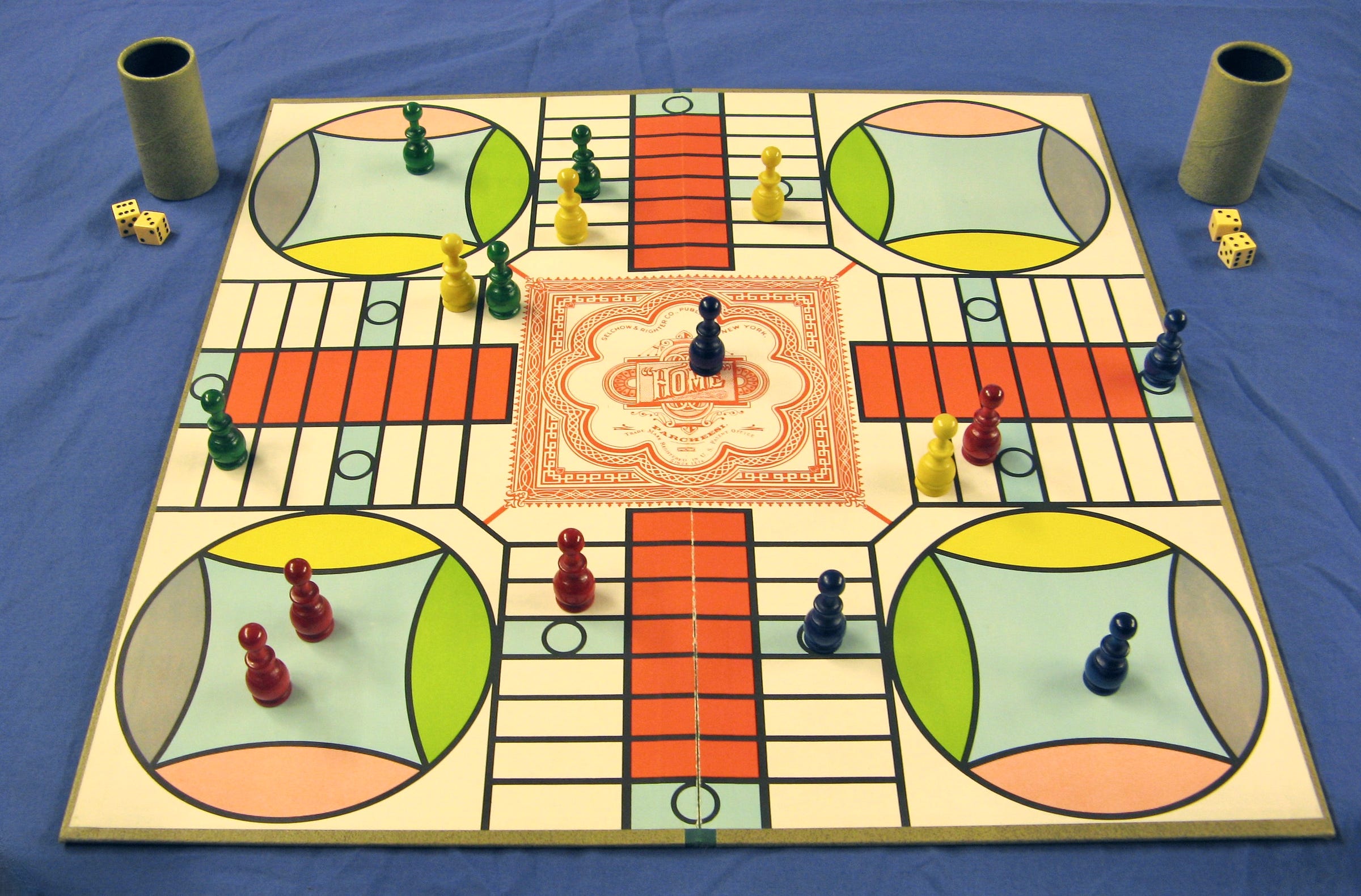The Amazing Variety of Parcheesi Board Designs
The popular game’s board has been rendered in a near-endless series of design variations over the years. Plus: The debut of the Inconspicuous News Roundup!
Have you ever played Parcheesi? My family didn’t have that game when I was growing up, but some of my friends had it at their houses, so I played it a few times during my childhood. Or at least I think I did — honestly, it didn’t make much of an impression on me.
That might be another case of me being a negative outlier, because Parcheesi has been really popular for a really long time. It’s based on an ancient Indian game called pachisi, which dates back to the 4th century A.D. The commercial version of Parcheesi was introduced in 1874 and was America’s best-selling game until the launch of Monopoly in 1935.
Interestingly, though, lots of people either couldn’t afford a commercial Parcheesi set or just preferred to make their own version. The boards for these homemade games featured all sorts of variations on the commercial Parcheesi board — different colors, different patterns, but all with the familiar four corner areas and four paths leading to a central home space. Here are some examples, all from around 1900 (I’m numbering the photos in this post, in case anyone wants to refer to them in the comments):
Nice, right? I love how they’re all very distinct but still recognizably from the same design family, like aesthetic cousins.
Those three boards are from an exhibition of old hand-made game boards that I recently checked out at the American Folk Art Museum. I knew that the exhibit featured over 100 game boards; what I didn’t know was that nearly a third of them — 36 in all — were for Parcheesi. It was really fascinating seeing so many variations on the same theme, and to realize that a game with standardized rules can still have such a non-standardized look.
Here are the other 33 Parcheesi boards from the exhibit (with apologies for the glare on a few of the photos):






